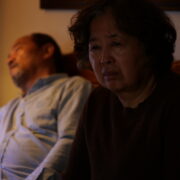A Teacher’s Saviour: Using Movies To Teach Literature
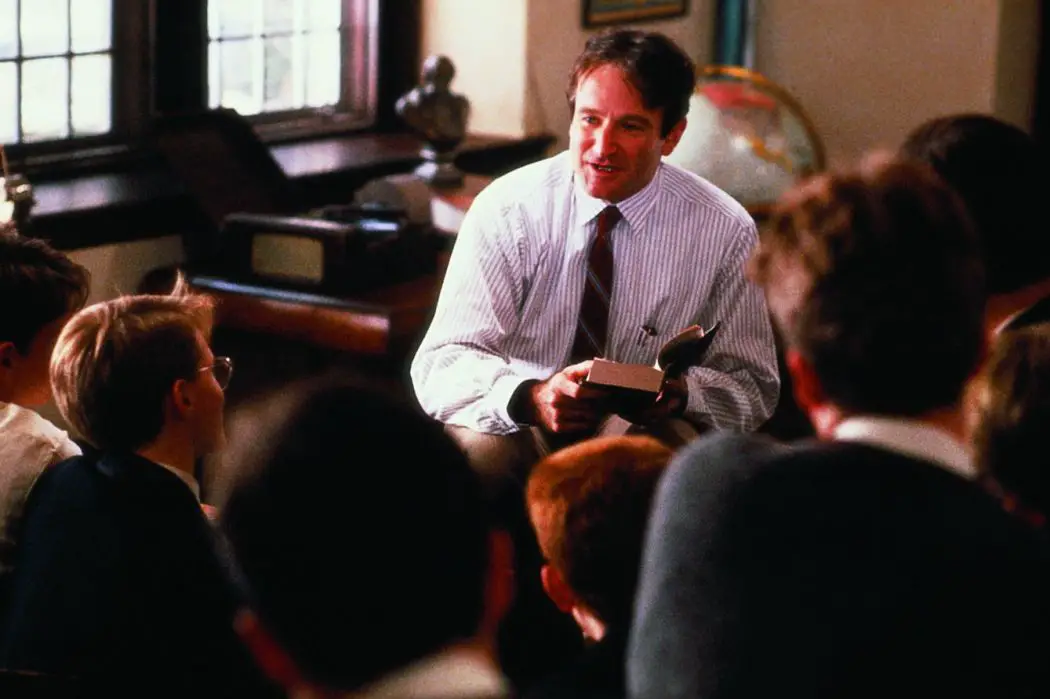
All articles contributed by people outside of our team are…
Teaching English is a physical job and sometimes it is necessary to call on the help of Hollywood to get you through it. However, it can sometimes have a detrimental effect on the classroom – such as when a massive plot point is left out or changed or the impressions a pupil may have of a character change purely on what they see on screen.
Here, I aim to explore the transfer from page to screen, commenting on how faithful a version they are to the original sources.
An Inspector Calls (Guy Hamilton, 1954)
In An Inspector Calls, as the Birling family celebrate the engagement of their daughter, Sheila, to upper class gentleman Gerald Croft, an Inspector arrives, informing them that a woman has died after drinking strong disinfectant. Over the course of the evening, each member of the family admit to having not been the most socially responsible of people to the young lady, with each having played a part in the build up to her suicide.
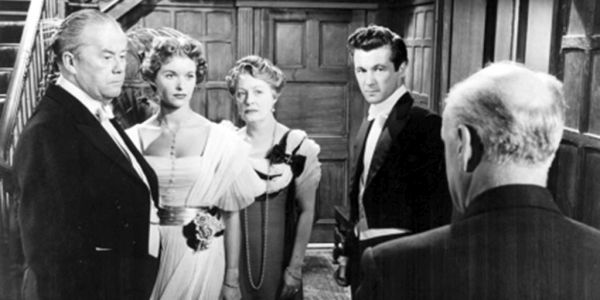
Aside from a few minor changes – in the play, the Inspector is known as Goole, rather than Poole – this is a rather loyal interpretation of the text. Alastair Sim, most famous for playing the titular character in Scrooge (1951), plays the straight-talking Inspector to a deadpan tee, pricking the conscience of each member of the family, bringing their suburban existence down around their ears before they have even realised it. The Birling family, as well as Croft, are made to look ridiculous as they tie themselves in knots whilst justifying their actions. Jane Wenham is suitably innocent as Eva Smith, the victim of the family’s ignorance and selfishness.
The pupils often take to the film depiction of An Inspector Calls – despite the fact it is in black and white – and the only fault I have with it is that, at 80 minutes, it is too short.
Macbeth (Justin Kurzel, 2015)
In the 2015 adaptation of Macbeth, after being told by three witches that he will one day become King of Scotland, one of the country’s bravest soldiers – encouraged by his ambitious wife – murders Duncan, the current incumbent, and sets off a chain of events that leads to more murder and betrayal.
This is everything you want in a film of Macbeth. The brutality of the opening battle. The madness that consumes both Macbeth and Lady Macbeth, as well as the bloodthirstiness and guilt that affects them both respectively. The closing scene of a young Fleance and King Malcolm looking like they will one day have their own showdown, after Banquo (Fleance’s father) is told that his son will become king in the future. The image of a young boy, running off into the distance is one that stays with the audience and is much more effective than Roman Polanski‘s decision to show Donaldbain (one of Duncan’s sons) approaching the witches at the end of his 1971 effort.
Michael Fassbender, as the title character, as well as Marion Cotillard – his onscreen wife – make this a spectacle to behold. Sean Harris, as Macduff, is equally impressive, demonstrating a man slightly on edge and one too eager to draw his sword.
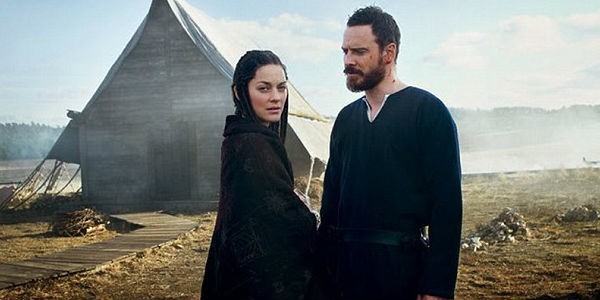
As far as interpretations of Macbeth go, this is very reliable to William Shakespeare’s original play, with key scenes that haunt the viewer – in particular, the burning of Macduff’s family, the flames turning the sky red. Not too dissimilar to Macbeth’s hands, of course.
Of Mice and Men (Gary Sinise, 1992)
George and Lennie travel together throughout the Great Depression. They arrive at a ranch for work, only to find a selection of characters representing loneliness, anger and the end of personal dreams.
Of Mice and Men is the English Teacher’s favourite film! If you can introduce me to an English Teacher that cannot time their ‘Get ‘im, Lennie!’ to perfection, I will eat my hat. Each aspect has been internally embedded into each English teacher’s psyche so much, you cannot imagine any other actor in any of the parts. Gary Sinise and John Malkovich suit each other brilliantly as the smart George and the mentally handicapped Lennie.
Similarly with Macbeth, the big moments of the novel are allowed to breathe in Of Mice and Men – the shooting of Candy’s dog and the crushing of Curley’s hand are worth specific mentions. The second of these two moments really does capture the essence of Lennie’s character, picking up beautifully the animal imagery John Steinbeck uses in the novel.
As far as ultimate loyalty to the original source goes, however, I have a bone to pick with this film. At the beginning of the final chapter of the novel, Lennie, alone in the brush, sees a giant rabbit and then, his own Aunt Clara, spring from his head and, with his own voice, tells him that he has been annoying to George. Why this sequence has not appeared in either this or the 1939 version, I do not know.
A Christmas Carol (Robert Zemeckis, 2009)
Old miser Ebenezer Scrooge is visited by several ghosts on Christmas Eve, showing him how much of an awful person he has been to everyone who crosses his path. On Christmas morning, he awakes to see the error of his ways and keep the spirit of Christmas in his heart all the year round. A Christmas Carol is unbelievably loyal to Dickens’ novel. The script is lifted, almost word for word, from the text and Jim Carrey‘s multiple and versatile performances, especially as Scrooge, carry with them a real honesty and respect to Dickens’ writing.
On a personal level, I am thrilled that Zemeckis has included the characters of Ignorance and Want. Anyone who has read the novel will tell you that their appearance is key to Scrooge’s redemption. The use of his own words echoed against him, from when he earlier put his ideas forward as to how to handle people from the lower classes – ‘Are there no prisons? Are the workhouses?’ – is a bittersweet moment. It is necessary for Scrooge to hear them, as well as it being hard for him to take, especially as the bells are tolling and anyone who knows the story knows that “the scary one” (The Ghost of Christmas Yet to Come) is on the way.
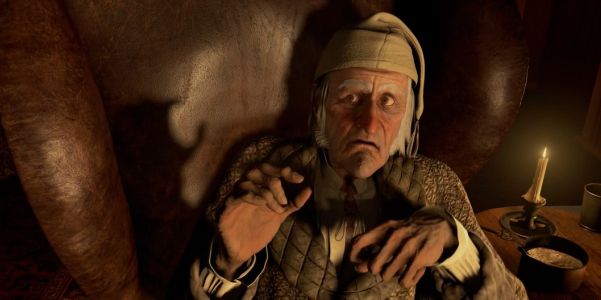
Overall, I enjoy this interpretation of A Christmas Carol. It conveys the message of spreading the Christmas spirit to one and all, but without any schmaltz or saccharine goodness. It does leave an audience – even a teenage one -with a genuine, which is something not easily achieved in today’s cinema.
So, there it is. A solid list of films English teachers can be justified in showing to their pupils. Each of them are generally faithful to their original sources and the visual interpretation will most definitely help pupils understand the plot, character and themes of those listed above. As for the English teachers, they each present a lovely opportunity to get some marking done.
If you are a teacher, do you use movies to teach?
Guest Author
Anthony Arnott
A film fan, I am an English teacher who loves to write, whether it is poetry and fiction or non-fiction, specialising in copy for charities’ websites.
Does content like this matter to you?
Become a Member and support film journalism. Unlock access to all of Film Inquiry`s great articles. Join a community of like-minded readers who are passionate about cinema - get access to our private members Network, give back to independent filmmakers, and more.
All articles contributed by people outside of our team are published through our editorial staff account.



